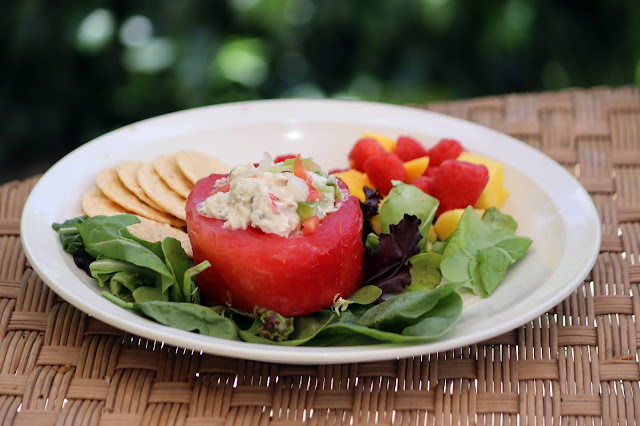Avocados offer nearly 20 vitamins and minerals in every serving, including potassium (which helps control blood pressure), lutein (which is good for your eyes), and folate (which is crucial for cell repair and during pregnancy).
Avocados are a good source of B vitamins, which help you fight off disease and infection. They also give you vitamins C and E, plus natural plant chemicals that may help prevent cancer.
Avocados are low in sugar. And they contain fiber, which helps you feel full longer. In one study, people who added a fresh avocado half to their lunch were less interested in eating during the next three hours.
Fat and Calories
Avocados are high in fat. But it's monounsaturated fat, which is a "good" fat that helps lower bad cholesterol, as long as you eat them in moderation.
Avocados have a lot of calories. The recommended serving size is smaller than you’d expect: 1/5 of a medium avocado (or 1 ounce) is 50 calories.
How to Prepare Avocados
Store avocados at room temperature, keeping in mind that they can take 4 to 5 days to ripen. To speed up the ripening process, put them in a paper bag along with an apple or banana. When the outside skins are black or dark purple and yield to gentle pressure, they’re ready to eat or refrigerate.
Wash them before cutting so dirt and bacteria aren’t transferred from the knife onto the pulp.
While guacamole is arguably the most popular way to eat avocado, you can also puree and toss with pasta, substitute for butter or oil in your favorite baked good recipes, or spread or slice onto sandwiches. Try adding avocado to salad, pizza, soup, salsa, eggs, and sandwiches.
When ordering at a restaurant, remember that not all avocado dishes are created equal. Some items -- like avocado fries and avocado egg rolls -- are coated in batter and fried, making them much higher in both calories and fat.
Top Ways to Enjoy Avocados
1. Skip the Mayo! Mash 1/3 an avocado and spread it on your sandwich instead of mayonnaise. Rich in monounsaturated fat, avocados are a healthy substitute for mayonnaise, cream cheese, butter, or sour cream.
2. Avocado is a deliciously rich, healthy, and filling addition to salads. Just dice and toss!
3. Add some avocado slices to your sandwiches! This tasty fruit adds a delicious flavor but it also adds substance to an otherwise meager concoction.
4. Enjoy avocado as part of a healthy stir-fry dish.
5. Grab a Spoon. Halve avocados, remove the pit and start spooning. Want a little kick? Add some low-sodium soy sauce in that little dip in the middle.
6. Avocados are perfect in fish and seafood sauces.
7. Halve avocados then use a small ice-cream scoop to fill the little dip in the middle with your favorite chicken, tuna, or ham salad recipe.
8. Mix together one mashed avocado, 1/2 cup of non-instant oatmeal, and one tablespoon of honey. Apply to your face, wait 15 minutes then rinse.
9. Prepare Guacamole
Allergic to Latex?
If you have a latex allergy, talk to your doctor before adding avocado to your diet. People with a serious allergy to latex may also experience symptoms after eating an avocado.
Resources
Top 10 Ways To Enjoy Avocados, Fruits, and Veggies More Matters











































